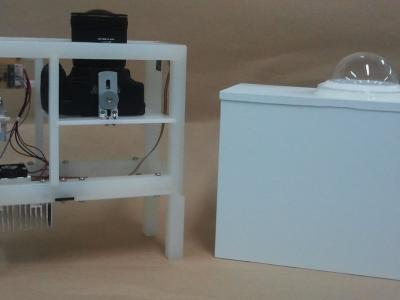Documents
Tutorial
DIY Sky Imager For Weather Observation

- Citation Author(s):
- Submitted by:
- Stefan Winkler
- Last updated:
- 27 July 2016 - 11:36pm
- Document Type:
- Tutorial
- Document Year:
- 2016
- Event:
- Paper Code:
- spm1227
- Categories:
- Log in to post comments
The study of the atmosphere and its related phenomena is important for remote sensing analysts to better understand the ecological balance of the nature. Traditionally, such studies were done primarily through satellites. However, satellite images have poor temporal or spatial resolution. With recent developments in photogrammetric techniques, there has been a paradigm shift in the manner in which the atmosphere is studied. Now-a-days, ground-based sky cameras are extensively used by remote sensing analysts. These cameras, popularly known as Whole Sky Imagers (WSIs) are upward-looking cameras that capture the images of the sky at regular intervals. The images (both in visible and near-infrared spectrum) captured by these cameras are subsequently utilized to derive several weather parameters. They are able to provide a localized bottom view of the clouds with a very high temporal and spatial resolution, thereby complementing satellite images.
In this tutorial, we describe how to design a Whole Sky Imager from off-the-shelf components. Subsequently, we use signal processing techniques to derive instantaneous cloud coverage value from the captured images.

